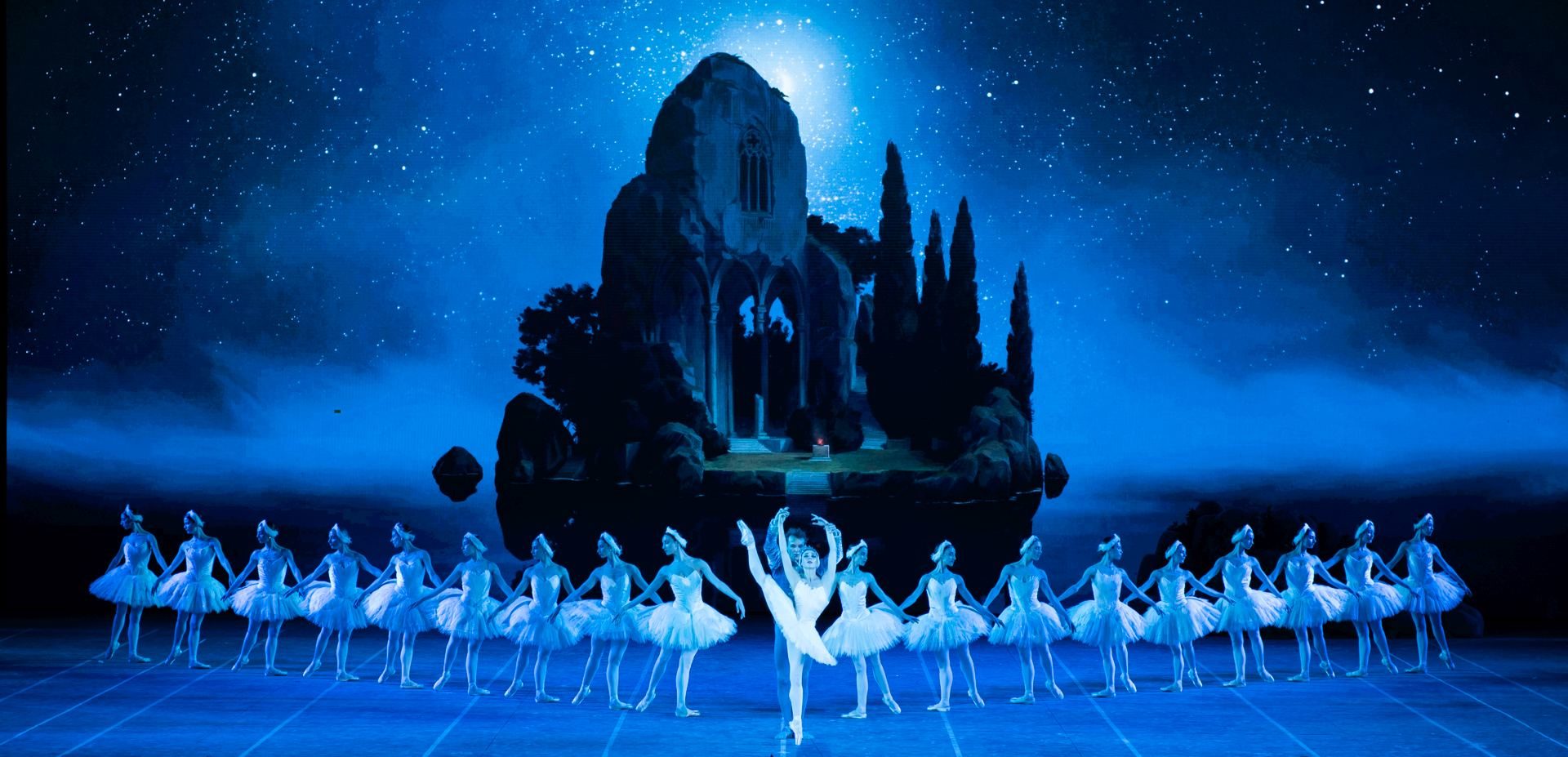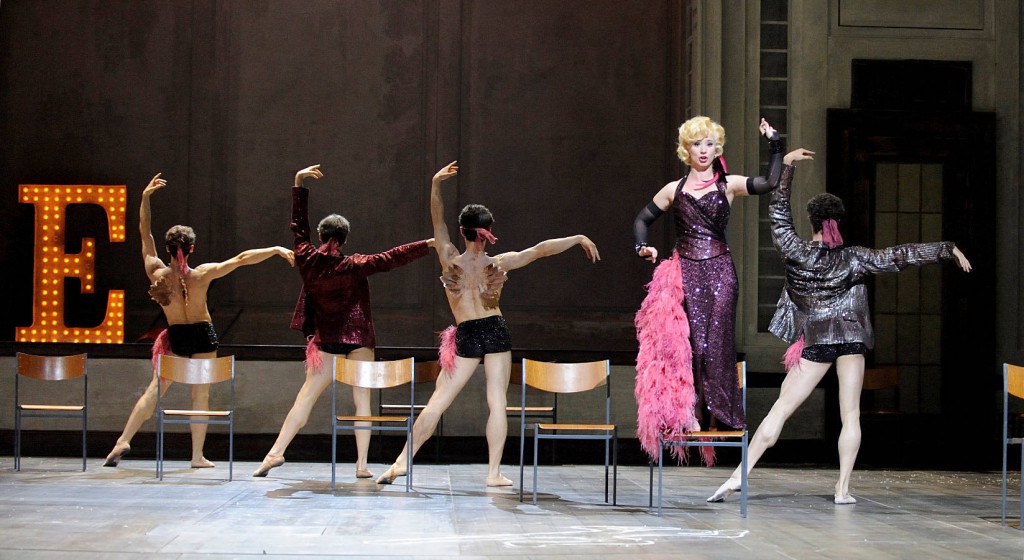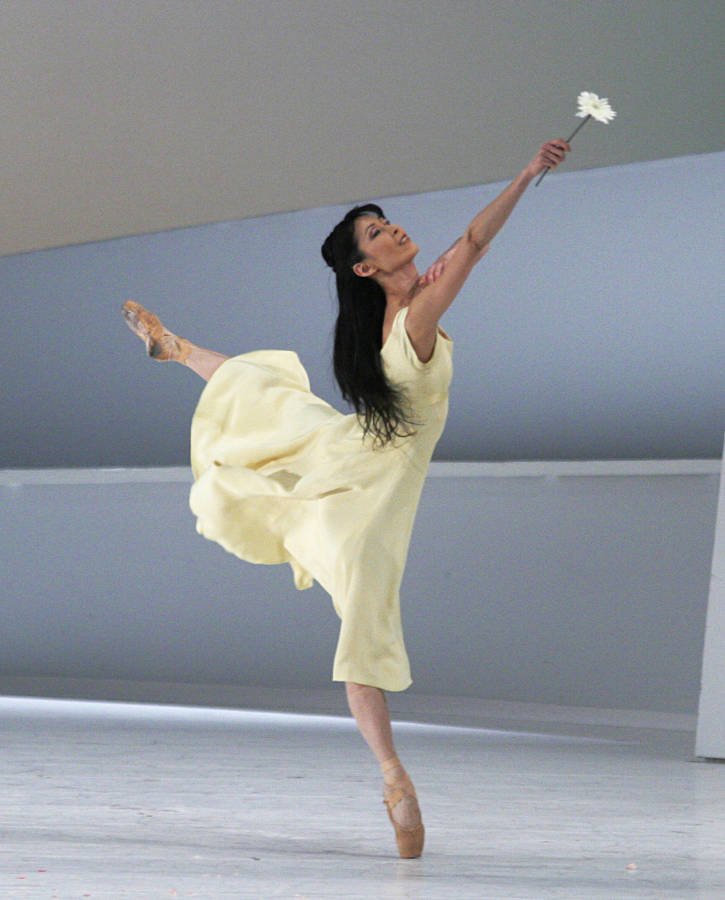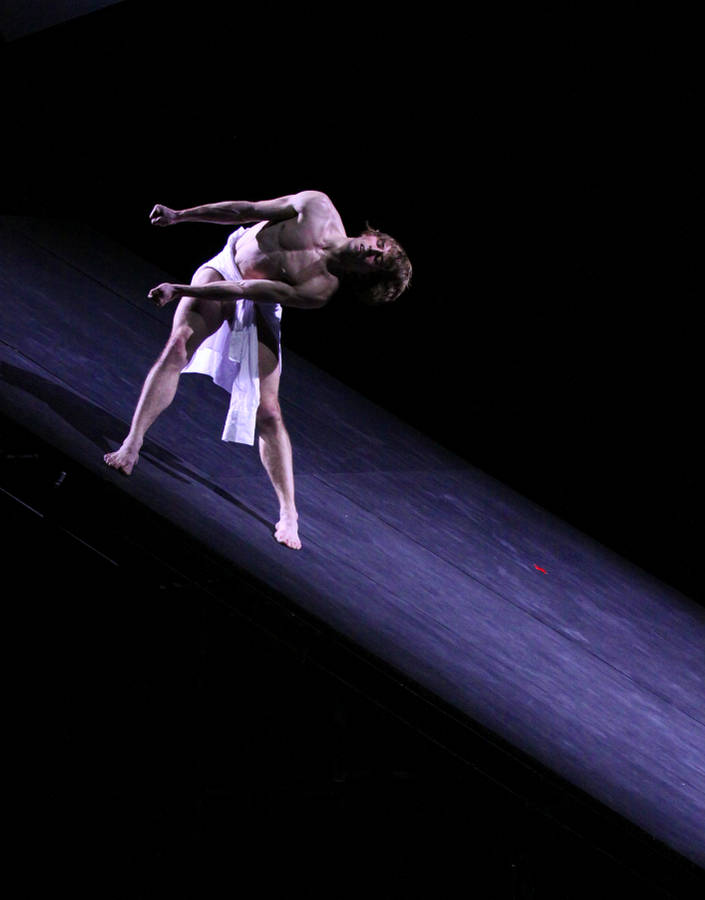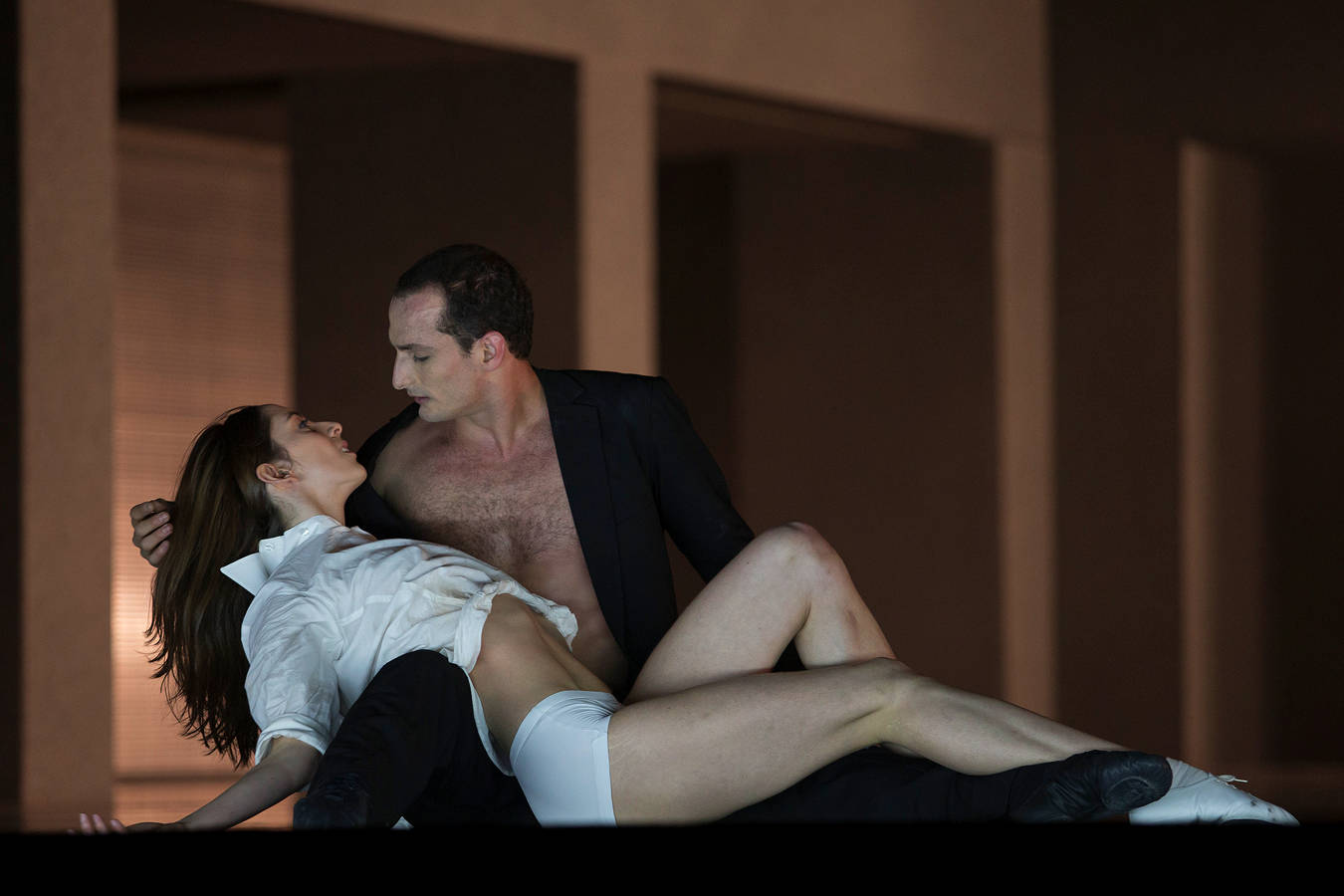Summer Ballet Copenhagen
“The Picture of Dorian Gray”, “The Elephant Man”
Bellevue Theater
Copenhagen, Denmark
August 17, 2013
by Ilona Landgraf
Copyright © 2013 by Ilona Landgraf
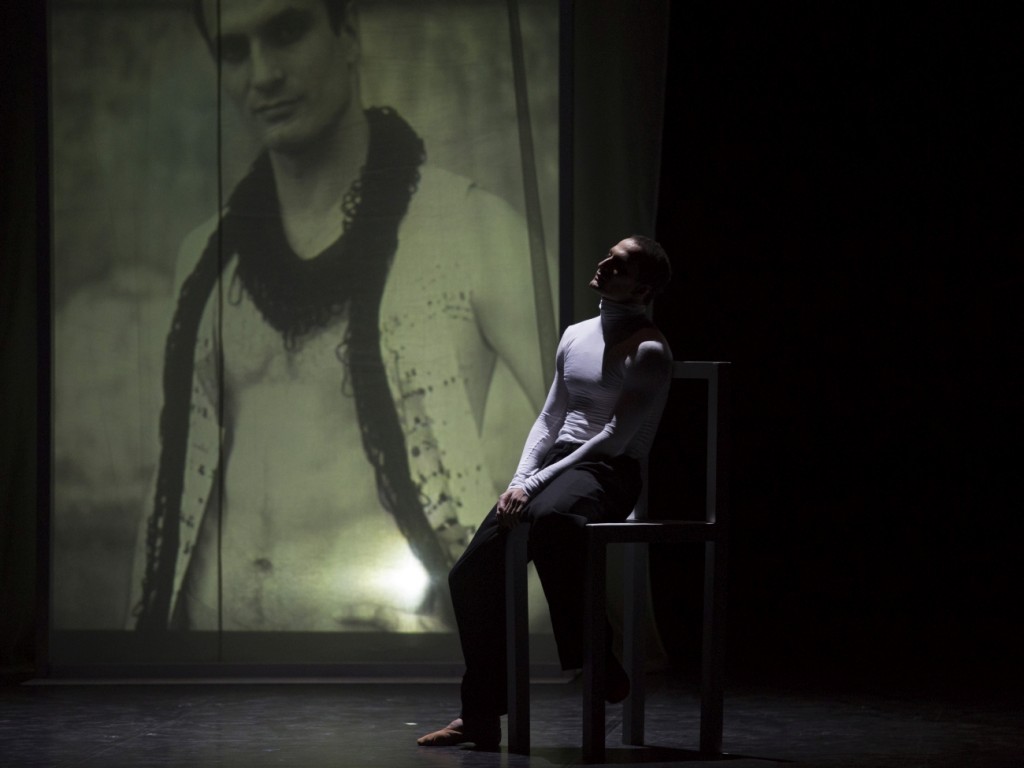 Enchanting beauty and monstrous ugliness – both extremes were united in “Summer Ballet 2013” at the Bellevue Theater in Klampenborg, a suburb of Copenhagen. The handsome Dorian Gray, striving after eternal youth in choreography by Jiří and Otto Bubeníček, met the deformed Elephant Man, the title character in Cathy Marston’s new work.
Enchanting beauty and monstrous ugliness – both extremes were united in “Summer Ballet 2013” at the Bellevue Theater in Klampenborg, a suburb of Copenhagen. The handsome Dorian Gray, striving after eternal youth in choreography by Jiří and Otto Bubeníček, met the deformed Elephant Man, the title character in Cathy Marston’s new work.
Oscar Wilde’s 1891 novel “The Picture of Dorian Gray”, in which unscrupulous glorification of physical beauty combined with the chase after everlasting youth and ultimate pleasure ends in disaster, inspired the Czech twins Jiří and Otto Bubeníček’s modern adaptation of the subject. Both principal dancers – Otto at Hamburg Ballet and Jiří formerly in John Neumeier’s ensemble and later with Dresden Semperoper Ballet – they’ve been busy staging their own works with other companies as well as with their own troupe, Les Ballets Bubeníček. Although Jiří is usually the choreographer while Otto designs sets and costumes, sometimes also composing the music, there’s no strict division of labor, but rather a cross-fertilization. (more…)
